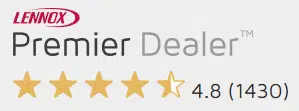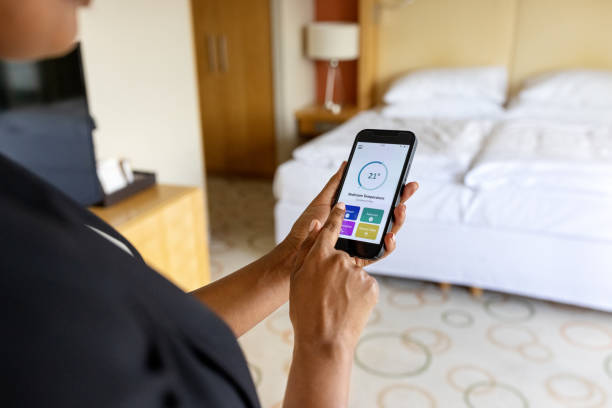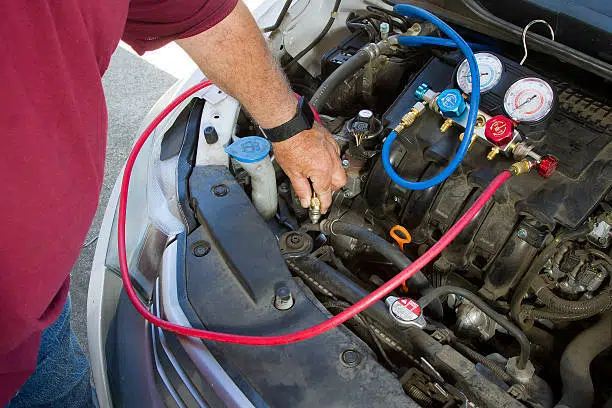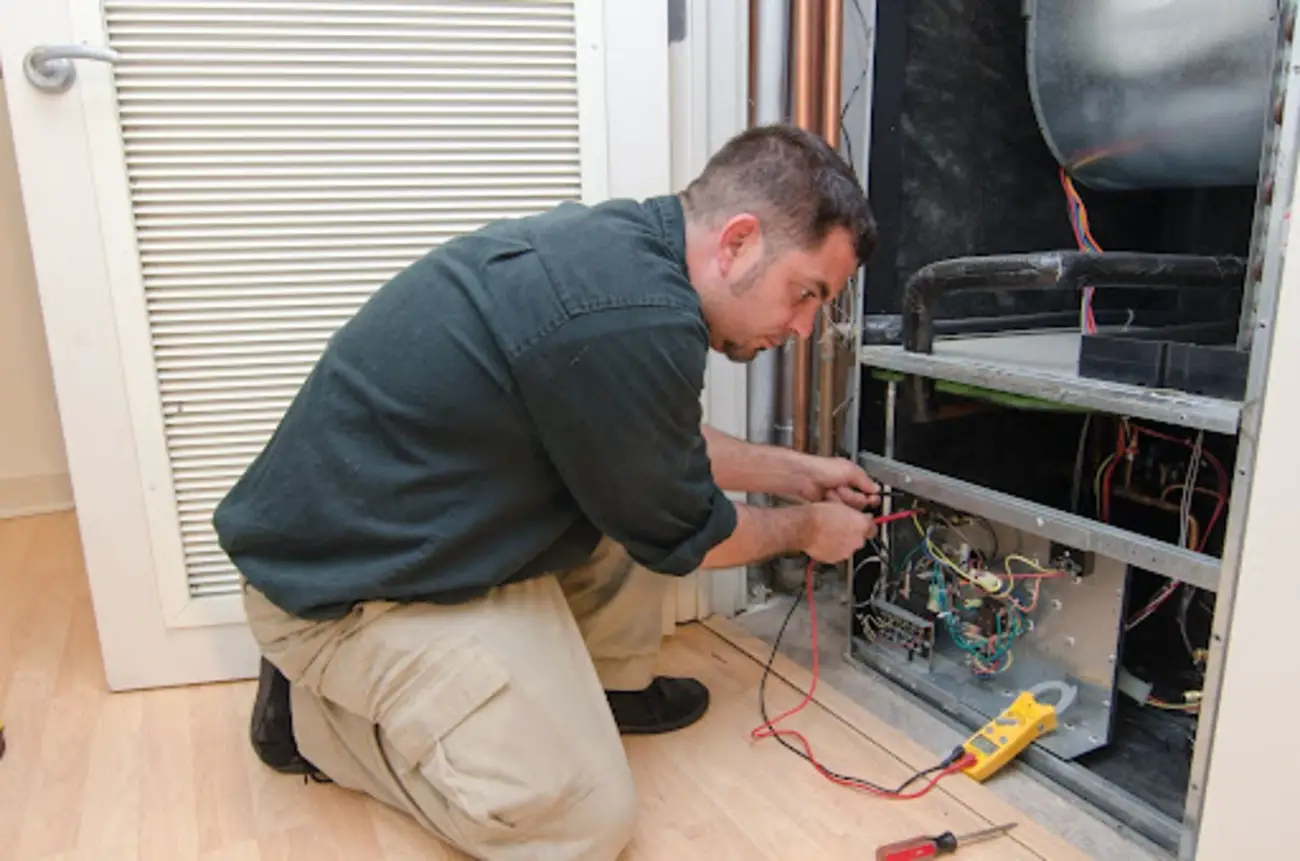
Table of Contents
Furnace leaks can be a concerning issue for many homeowners, potentially leading to significant damage if not addressed promptly. In this comprehensive guide, we will walk you through the common causes of furnace leaks, troubleshooting steps, and preventive measures to keep your system in top condition.
What Can Cause Your Furnace Leaking Water?
There are numerous factors that can contribute to a furnace leaking water, but among the most prevalent culprits are condensation issues, clogged drain lines, and a cracked heat exchanger. Each of these issues presents unique challenges and requires specific attention for effective resolution. Let’s consider all of them in more detail.
- Condensation Issues: When contemplating why your furnace is leaking water, it’s essential to comprehend the role of condensation. While condensation is a natural byproduct of the heating process, abnormal conditions can lead to an excess of moisture, manifesting as water leaks. High humidity levels, inadequate ventilation, or a malfunctioning condensate drainage system can contribute to this issue.
- Clogged Drain Lines: A common culprit behind furnace leaks is often overlooked — clogged drain lines. These lines play a pivotal role in directing condensate away from the furnace. Over time, they can accumulate debris, obstructing proper drainage and causing water to pool within the system.
- Cracked Heat Exchanger: If you find yourself questioning, “Why is my furnace leaking water?” a cracked heat exchanger may be the answer. The heat exchanger, a vital component responsible for exchanging heat in the combustion process, can develop cracks over time. This not only compromises the efficiency of your furnace but also allows water to escape, posing potential safety hazards.
HVAC Service Solutions recognizes the multifaceted nature of these issues and possesses the expertise to detect and address them comprehensively. Whether it’s condensation-related concerns, clogged drain lines, or a cracked heat exchanger, our team is equipped to provide precise diagnostics and reliable solutions. Contact us right away via the link https://thehvacservice.ca/
How to Fix the Leaking Furnace Issue?
When faced with a furnace leaking water, you may wonder if there’s a way to address the issue themselves before calling in the professionals. We are here to help! Below, we provide step-by-step instructions to help you identify and resolve common problems that may be causing your furnace to leak.
- Inspecting Condensate Lines: If you suspect that clogged condensate lines are behind your furnace leaking water, start by turning off the furnace and locating the condensate line. Gently remove any visible debris or buildup and use a mixture of warm water and mild detergent to flush out potential blockages.
- Changing Air Filters: Dirty air filters are a frequent contributor to furnace leaks. Locate your air filter and check its condition—if it’s clogged with dust and debris, it’s time for a replacement. Regularly changing your air filter not only improves indoor air quality but also prevents excess condensation that can lead to leaks.
- Checking the Humidifier: A malfunctioning humidifier can elevate indoor humidity levels, contributing to excess moisture and a leaking furnace. Begin by inspecting the humidifier’s components, including the water panel and distribution tray. Clean or replace these components as needed to ensure proper functionality.
By following these detailed instructions from HVAC Service Solutions, you can inspect and maintain key components of your heating system, potentially resolving common issues causing water leaks. However, if problems persist or if you’re unsure about the troubleshooting process, don’t hesitate to reach out to our team for expert assistance in resolving your furnace concerns.
Why to Reach Out for a Professional Furnace Repair Service?
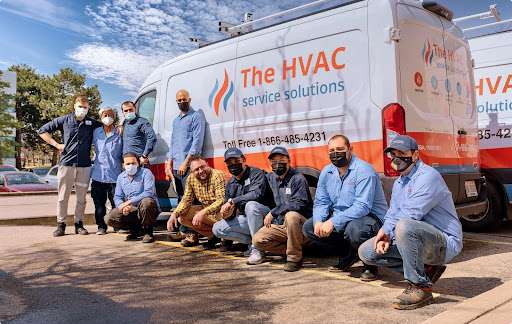
While DIY troubleshooting can address common issues, certain furnace problems demand the expertise of HVAC technicians. If you notice persistent leaks, unusual sounds, or erratic heating patterns, it’s time to seek professional assistance. At HVAC Service Solutions, we understand the intricacies of heating systems and possess the knowledge and instruments necessary to diagnose and resolve complex issues effectively.
The professional repair offers several advantages when dealing with a leaking furnace. HVAC technicians undergo extensive training, ensuring they can identify and address issues with precision. They have access to specialized tools and equipment, allowing for accurate diagnostics and efficient repairs. When you choose professional assistance from HVAC Service Solutions, you benefit from a comprehensive inspection that goes beyond surface-level troubleshooting. Moreover, professional repairs often come with warranties, providing you with peace of mind and assurance of the longevity of the solutions implemented.
Don’t hesitate to contact HVAC Service Solutions when faced with furnace issues that require the expertise of qualified technicians — your comfort and safety are our top priorities. Find out more about our furnace repair services in Canada via the link below.
How to Prevent a Furnace Leaking Problem?
Prevention is often more straightforward and cost-effective than dealing with the aftermath of a furnace leaking problem. Regular maintenance and proactive measures can go a long way in ensuring the smooth operation of your heating system. We have prepared some tips to help you avoid the inconvenience and potential damage associated with a leaking furnace:
- Regular Maintenance: Schedule routine maintenance checks for your furnace at least once a year. This includes inspecting and cleaning components, lubricating moving parts, and ensuring all connections are secure. Regular professional maintenance can detect potential issues early on, preventing them from escalating into costly problems.
- Change Air Filters: Make it a habit to check and change your furnace’s air filters regularly, typically every one to three months. A clean filter not only improves indoor air quality but also prevents dust and debris buildup that can lead to condensation and water leaks. Refer to your manufacturer’s guidelines for the recommended filter replacement schedule.
- Monitor Humidity Levels: Keep an eye on indoor humidity levels, especially during the heating season. Use a hygrometer to measure humidity, aiming for levels between 30% and 50%. High humidity can contribute to condensation issues, while excessively low humidity can impact your comfort and exacerbate respiratory problems.
- Inspect Condensate Lines: Periodically inspect condensate lines for signs of blockages or clogs. Ensure these lines are free from debris, allowing condensate to drain properly. If you notice any issues during your inspection, follow our DIY troubleshooting guide or contact HVAC Service Solutions for professional assistance.
- Professional Inspection: Schedule regular professional inspections, even if your furnace seems to be operating without issues. HVAC technicians can identify potential problems before they escalate, providing you with peace of mind and preventing unexpected breakdowns.
Find out how the furnace maintenance process is going on on our official website.
Conclusion
A furnace leaking water stands out as one of the most common and potentially damaging issues. This problem can be caused by a few reasons, such as condensation problems, clogged drain lines, and a cracked heat exchanger. When facing such concerns, it’s better to entrust the resolution to the professionals.
Contact HVAC Service Solutions for professional furnace repair and rest assured that your heating system is in capable hands. Our skilled technicians not only address existing issues but also prevent future complications through regular maintenance. Experience the difference of a leak-free, efficient furnace — schedule your service today.
Frequent Asked Questions
What Can Cause Your Furnace to Leak Water?
- Condensation Issues: Condensation is common in high-efficiency furnaces where the gas is cooled to the point of condensing. Excess condensation can occur due to issues like high humidity, improper ventilation, or a malfunctioning condensate pump or drain system. It’s crucial to ensure that the condensate drain line is clear and the pump is functioning correctly.
- Clogged Drain Lines: Drain lines can become clogged with debris over time, leading to water backing up and leaking from the furnace. Regular cleaning and maintenance of these lines are essential to prevent blockages.
- Cracked Heat Exchanger: A more serious cause is a cracked heat exchanger, which can allow water to leak out. This issue not only causes leaks but also poses a significant safety risk, as it can lead to carbon monoxide leaks.
How to Fix the Leaking Furnace Issue?
- Inspecting and Cleaning Condensate Lines: First, turn off your furnace. Inspect the condensate line for blockages and clean it out. This may involve removing debris or using a mixture of warm water and vinegar to clear any buildup.
- Changing Air Filters: Regularly check and replace your air filters. Clogged filters can restrict airflow, leading to excess condensation and potential leaks.
- Checking the Humidifier: Integrated furnace humidifiers, if not maintained, can contribute to leaks. Inspect the humidifier for any signs of leakage or malfunction, and clean or replace parts as necessary.
Why Reach Out for a Professional Furnace Repair Service?
Professional technicians have the expertise and tools to accurately diagnose and fix complex issues, ensuring your furnace operates safely and efficiently. They can address not only the symptom (the leak) but also identify and rectify the underlying cause, whether it’s a faulty component, installation issue, or something else.
Regular professional maintenance can prevent future problems, extend the lifespan of your furnace, and ensure it operates at peak efficiency, potentially saving you money on energy bills and costly repairs.
How to Prevent a Furnace Leaking Problem?
- Routine Maintenance: Annual or semi-annual professional inspections and maintenance can identify and resolve potential issues before they lead to leaks. This includes cleaning components, checking system operation, and ensuring everything is in good working order.
- Regular Filter Changes: Replace your furnace filters as recommended by the manufacturer (usually every 1-3 months) to maintain proper airflow and prevent issues that could lead to leaks.
- Monitor and Control Humidity: Use a hygrometer to keep indoor humidity levels in the ideal range (30-50%). This prevents excessive condensation that could contribute to furnace leaks.
- Self-Inspection of Condensate Lines: Periodically check the condensate lines for clogs or damage. Keeping these lines clear is essential for preventing water buildup and leaks.
Can a Leaking Furnace Lead to Other Home Issues?
- Water Damage and Mold Growth: A leaking furnace can cause significant water damage to floors, walls, and even the foundation of your home. Prolonged exposure to moisture can also lead to mold growth, which poses health risks and can be costly to remediate.
- Reduced Efficiency and Lifespan: Consistent leaking can affect the furnace’s efficiency and reduce its lifespan. The presence of water in and around the furnace can cause corrosion and damage to various components, leading to more frequent repairs and potential system failure.
What Safety Concerns Are Associated With a Leaking Furnace?
- Carbon Monoxide Risk: If the leak is due to a cracked heat exchanger, it can pose a serious safety risk by allowing carbon monoxide, a colorless and odorless gas, to leak into your home. It’s crucial to have carbon monoxide detectors installed and regularly checked.
- Electrical Hazards: Water leakage around electrical components can create a risk of electrical shorts and even fires. It’s important to address any leaks promptly to prevent these hazards.
How Do I Know If the Problem Is Serious Enough to Call a Professional?
- Recurring Leaks: If you’ve attempted basic troubleshooting and the leak persists, it’s a sign of a more serious underlying issue that requires professional attention.
- Signs of Damage: Visible signs of rust, corrosion, or damage to the furnace or surrounding area are indicators that professional repair is necessary.
- Unusual Noises or Smells: Any strange noises, like banging, whistling, or unusual smells coming from your furnace, are warning signs that should not be ignored.
Are There Any Quick Fixes for a Leaking Furnace?
While there are no permanent quick fixes for a leaking furnace, you can manage the situation temporarily by cleaning the condensate line or replacing the air filter. However, these are only temporary solutions, and it’s essential to have a professional diagnose and fix the root cause of the leak.
How Often Should Professional Furnace Inspections Be Scheduled?
Regular Inspections: It is recommended to have your furnace professionally inspected and serviced at least once a year, ideally before the start of the heating season. This helps ensure that your furnace is in optimal condition and can prevent unexpected issues like leaks.
Is It Cost-Effective to Repair an Older Furnace That Is Leaking?
For older furnaces, especially those close to or beyond their expected lifespan (usually around 15-20 years), it’s important to weigh the cost of repairs against the benefits of a new, more efficient unit. In some cases, replacing an old, inefficient furnace can be more cost-effective in the long run.
Share
